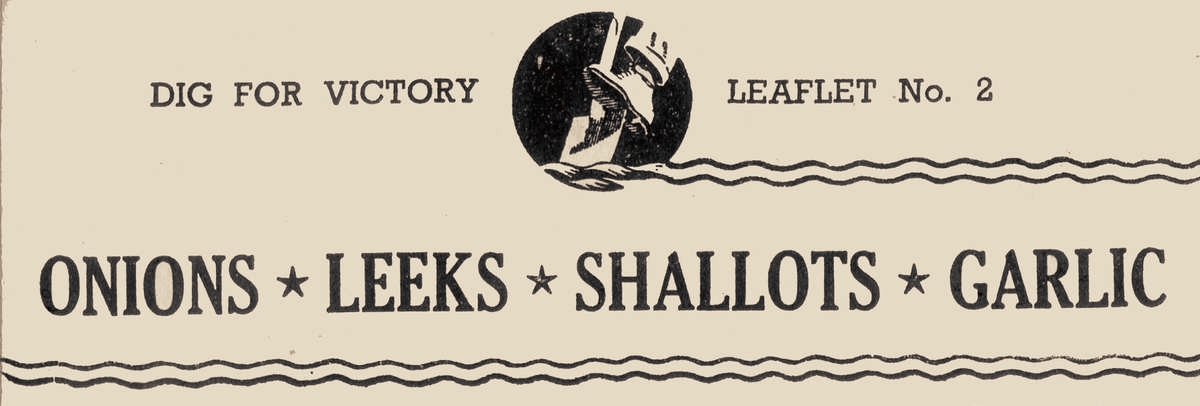
Harvesting and Storing
Well grown onions, as they develop, rise out of the soil so that the bulbs, perched on the soil, ripen naturally as growth declines. When growth is nearly complete, bend over the tops by their necks to hasten ripening. When growth has finally died down, pull the onions and lay them on their sides in the mid-rows for a few days.
Gather up the crop and complete the drying on a hard gravel or concrete path exposed to full sun, turning them over every day.
Onions for storage must be thoroughly harvested, and, if the weather is very damp, complete the drying in a shed or greenhouse.
The practice of bending the neck on onions has been shown to cause damage to the neck and actually result in more onions rotting in storage. The better, modern alternative is to just lift the onions an inch or so by inserting a fork under and levering, a week or so before harvesting.
This breaks most of the roots and the onions will finish maturing and begin drying.
Rather than laying the onions on the ground or concrete, a basic frame constructed from scrap timber with chicken wire stretched over is perfect for drying onions. It allows for good airflow and prevents moulds developing.
In rainy weather sheltering the onions is a must but be cautious with greenhouses, especially if you are not around all the time. A few hours of strong sun can cause the temperature to soar, cooking your onions!
Store the onions in a cool, dry and airy shed. Remove the shrivelled growths and roots before storing but do not remove the loose skins of the bulbs as these form a natural protection. Store in shallow trays or boxes or hang up in nets. They can also be made into ropes and hung up.
Non-keeping Kinds
These are varieties such as the White Lisbon and White Tripoli, which are crisp and very mild but not good keepers. These are useful for pulling green in early spring and to supply bulb onions for kitchen use during the summer. The seed should be sown in early autumn to give plants to stand the winter. Those not used can be transplanted or left to mature where they stand.
Onions for pickling are usually those of the Silverskin type, such as Paris Silverskin, Barletta and The Queen, although the small bulbs of the White Spanish varieties may also be used.
The seed of the Silverskin type may be sown in rows or broadcast. They mature very quickly; if sown in March they are ready by June. All these onions are best grown on land manured for a previous crop.


